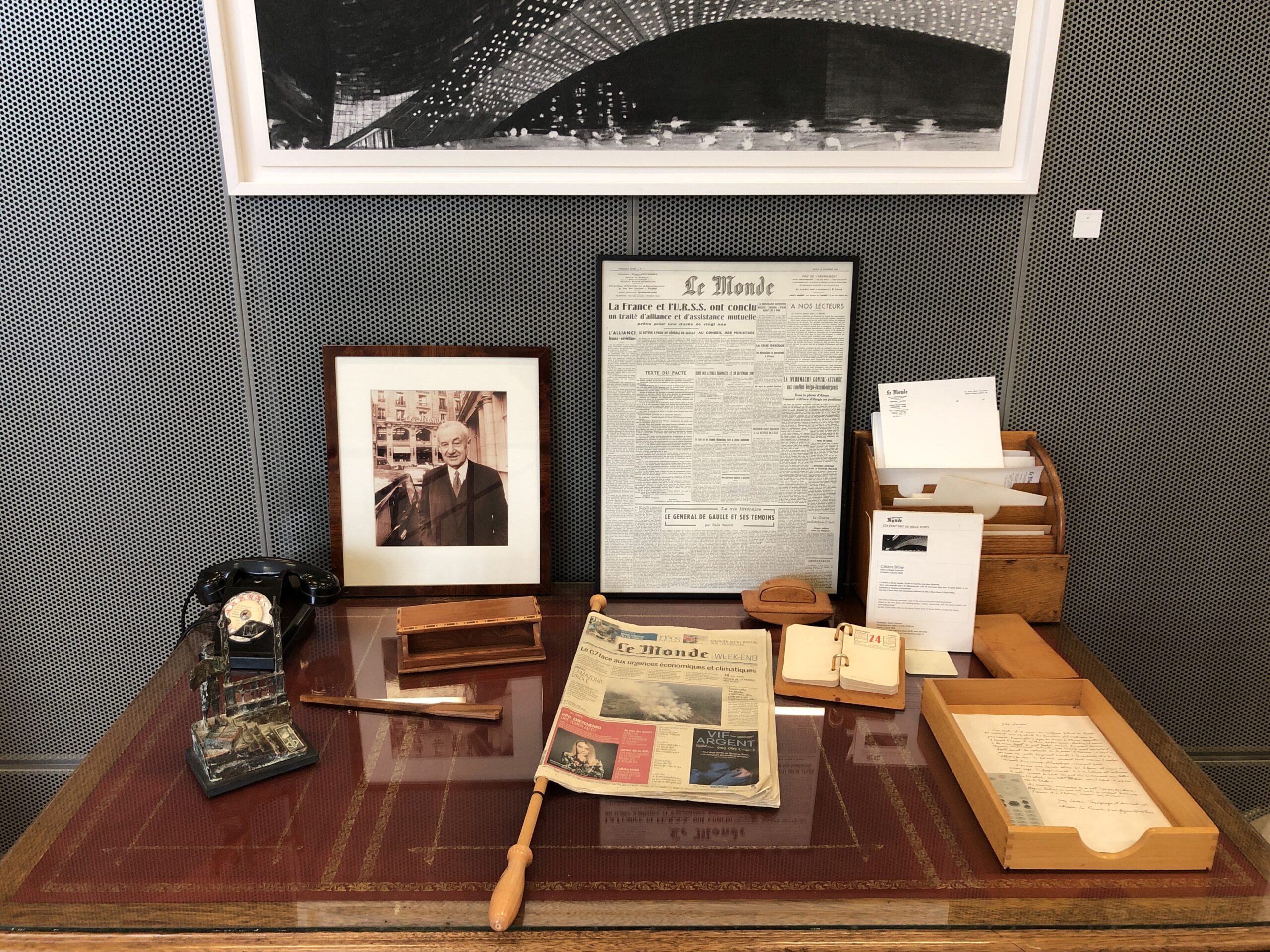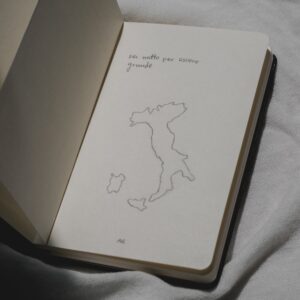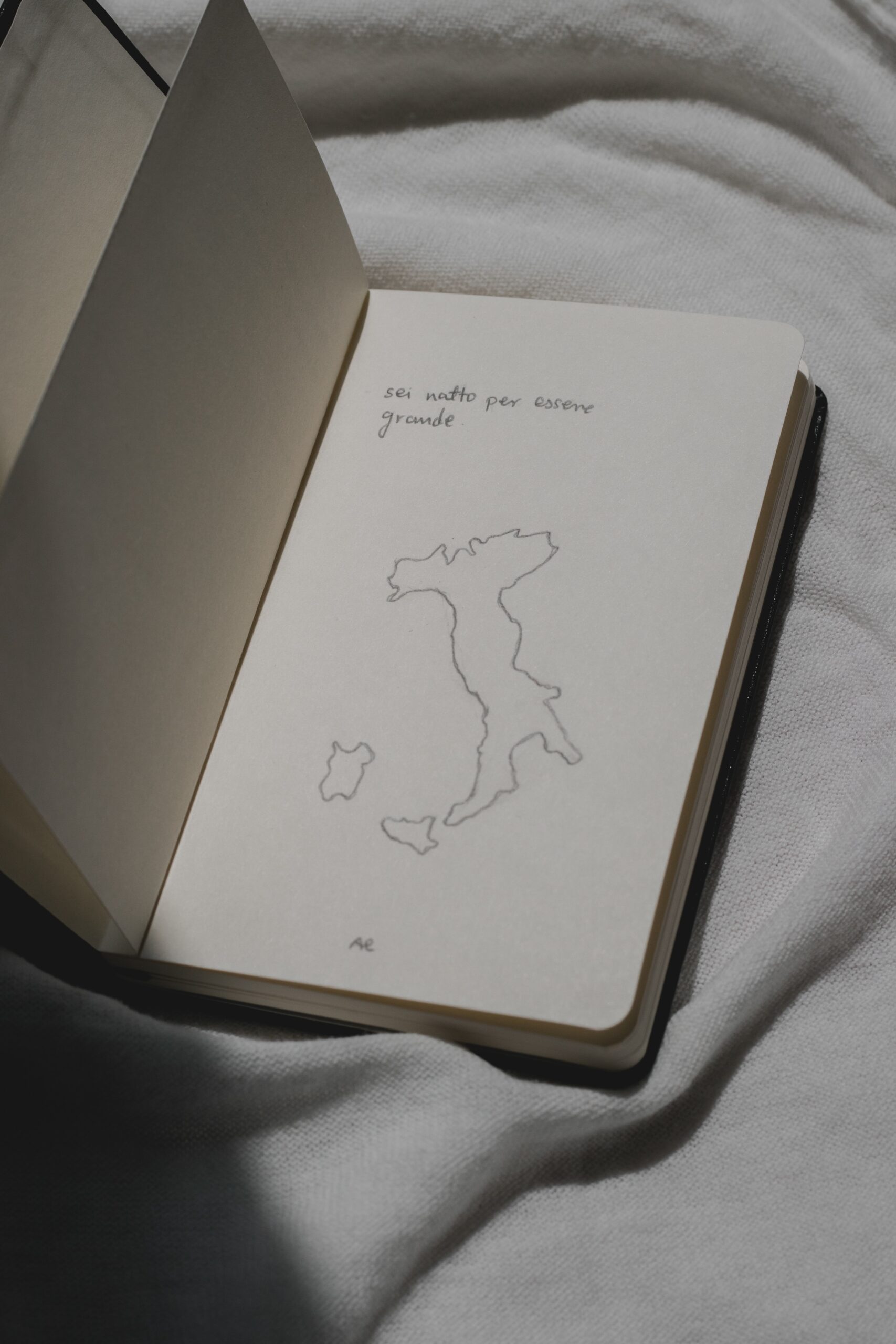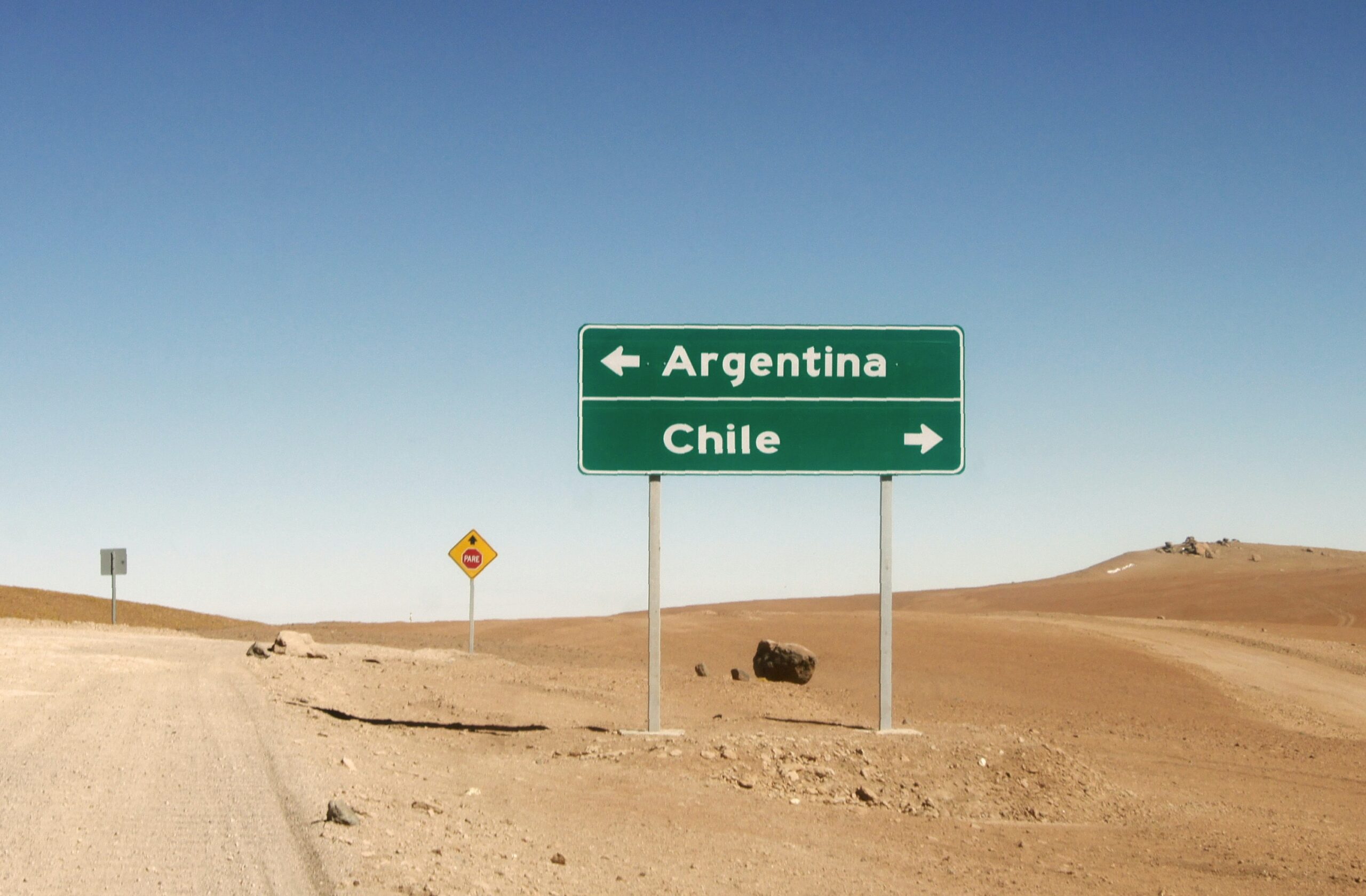Le Monde is the biggest newspaper in France. And so when I found out that they were holding a festival and inviting the public to discover their newsroom, I decided to go along.
The following is a brief description of my Rencontre avec le service Podcast – a meeting with the podcast team who produce the hit podcast L’Heure du Monde, a twenty-minute news podcast in the vein of The Daily.
I entered the same building, but this time I went up to the second level to the Buffet de la Gare, a large buffet area where journalists presumably have their lunches. A bunch of seats had been placed near the drink machines. I sat myself down and waited as the room started filling up.
This time there was a woman and a man — two producers of Le Monde’s podcast team. They introduced themselves and began talking about their flagship production, L’Heure du Monde, a news-based podcast where they usually interview a Le Monde journalist about a current event. At the time, the death of Queen Elizabeth II was probably the biggest story in the world. You could say that the podcast is Le Monde’s answer to The New York Times’ The Daily, which is one of the most consumed podcasts in the world.
Here’s a rundown of what they discussed:
Topic selection
For each episode, they try to pick a news story that they deem sufficiently relevant. As they begin researching the story for quite a long time before they hit record, it’s important that the news story will be big when the episode premieres on Spotify.
Hours
They explained that they produce five episodes a week and work on an episode a day before it launches. The number of hours they spend on each one varies, but it’s not unusual for them to spend an entire day on one.
Recording process
They would try to interview guests who they consider relevant to the topic. While they’re recording, they would speak at length, knowing full well that they will only keep some parts in the final product. They would then send the audio file to a sound engineer, who would then edit the piece, removing harsh mouth sounds to ensure that everything sounds good. The sound engineer also composed the jingle that you hear at the start of every episode. If they find that a speaker really can’t be understood, they will ask them to do another interview. As the guest speaker may not be in the studio, they would use special equipment to ensure that the sound quality is good despite the geographic separation between them.
Spotify deal
L’Heure du Monde is funded entirely by Spotify, who approached Le Monde looking for a news podcast in French that they could host on their platform. As the podcast is a Spotify exclusive, it technically isn’t a “podcast” per se, as podcasts by definition are accessible on any podcast player, but rather a proprietary audio series. Since L’Heure du Monde is fully funded by Spotify, the journalists are able to focus their energies upon producing it rather than having to spend time worrying about fundraising. The agreement includes a clause whereby Le Monde have absolute freedom to talk about any topic they wish. And so when they were thinking about doing an episode on Joe Rogan, whose podcast also appears on Spotify, they were free to do so but they decided to let Spotify know in advance as a matter of courtesy. Spotify was fine with it. In their reply, they said they were looking forward to hearing it.

Promoting the podcast
While they couldn’t discuss the results of the podcast, as their contractual agreement forbids them from doing so, they did say they were happy with its results. Reading between the lines, you could say that it is one of the most popular podcasts in France. At first, they put a lot of effort into “evangelising” L’Heure du Monde, but now it’s in a place where it can stand on its own feet.
Hooking an audience
They try to hook the listener during the first thirty seconds of each episode. However, as podcast listeners go out of their way to search for L’Heure du Monde on Spotify, they tend to be less fickle than consumers of other mediums. So each episode would begin with a brief introduction of the story, giving listeners an idea of what will be covered.
Promoting Le Monde
L’Heure du Monde is seen as a way to promote subscriptions, which is the ultimate goal of Le Monde. In the same way, Le Monde created free news stories on platforms like TikTok and Instagram for a younger audience. While they know that social users may not be able to afford to pay for a subscription, Le Monde is happy to provide free news because the idea is to make young people familiar with the quality of news that they can provide so that one day, when they’re finally working, they will eventually think about taking out a subscription.
Alternative names for L’Heure du Monde
Before they landed upon L’Heure du Monde, they considered a wide range of options including Conversations. In the end, though, none of those options really convinced them and they decided to just go with L’Heure du Monde. However, that’s not to say they were fully convinced by it either. Their fundamental reservation with the name L’Heure du Monde is that it sounds like each episode would be an hour long. In contrast, episodes tend to be around twenty minutes in length as they’re designed to be easy to consume for people during their morning commutes. In the end, they reasoned that the name L’Heure du Monde would work as each episode comes out in the morning. The “heure” or “hour” in the name could hence be understood as being the hour every morning when an episode drops.
Favourite podcasts
Not surprisingly, they’re big fans of The Daily, which was the primary inspiration for their podcast. L’Heure du Monde originally started off as a joke suggestion which then grew into what it has finally become. Although they love The Daily, they do think that it has strayed somewhat from its original format. While The Daily started off with three staff members, it’s grown into a team of thirty people. In contrast, The Guardian’s Today in Focus counts about fifteen staff members. Le Monde’s podcast team counts about a dozen members, and so they find they have more in common with The Guardian than The New York Times. They also love Vox’s Today, Explained, which is closer to what The Daily used to be like.
And that was pretty much it.
Final thoughts
I must say I was a little disappointed not to have been able to attend a tour of the office, but hey, that’s what happens when you book a free ticket a day before the event — all the tours had already sold out.
Still, I really enjoyed both talks and felt that I learnt a lot more about what the news-making process entails.
One thing that did catch my ears, though: during the talk, I could hear the SNCF jingle from the next-door train station going off every few minutes. It made me wonder how Le Monde put up with it every day, given how distracting it could be, but then I suppose that might partly explain why a lot of people prefer to work from home.









